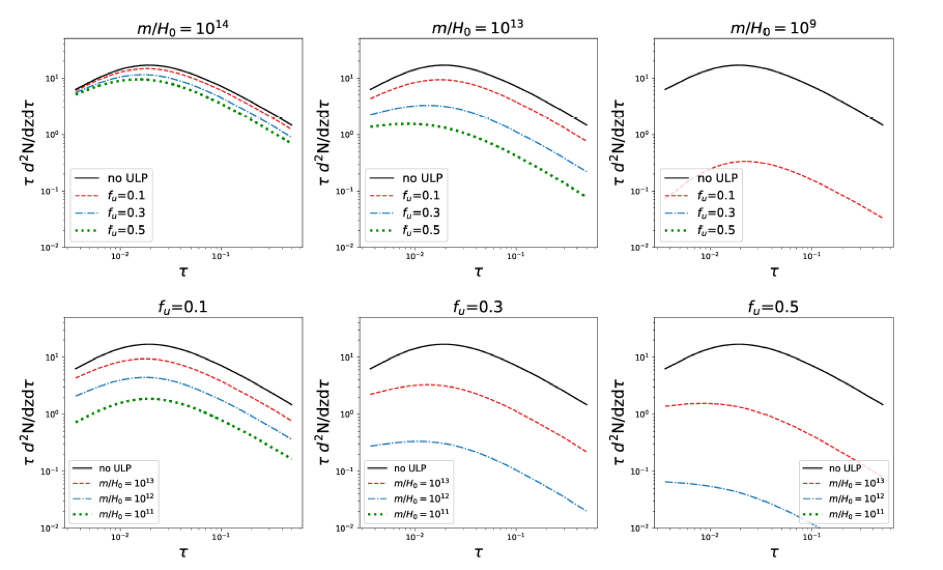Constraining nature of ultra-light dark matter particles with 21cm forest
The ultra-light scalar fields can arise ubiquitously, for instance, as a result of the spontaneous breaking of an approximate symmetry such as the axion and more generally the ultra-light particles (ULPs). In addition to the particle physics motivations, these particles can also play a major role in cosmology by contributing to dark matter abundance and affecting the structure formation at sub-Mpc scales.
Recently, a collaboration group led by Dr. Hayato Shimabukuro, a postdoctoral researcher from Department of Astronomy, Tsinghua University have suggested a new probe to investigate the nature of ULPs by means of 21cm forest. The 21cm forest is the system of narrow absorption lines appearing in the spectra of high redshift background sources due to the intervening neutral hydrogen atoms, similar to the Lyman-alpha forest. However, the 21cm forest can probe much smaller scales than the Lyman-alpha forest, that is, k ~10 Mpc^{-1}. The authors have studied the effect of the mass (m_u ) and fraction (f_u) of ULPs on the 21cm forest (Fig.1).
The authors found that 21cm forest potentially put the dark matter mass lower bound m_u ~ 10^{-18} eV for f_u=1, which is 3 orders of magnitude larger than the mass scales probed by the current Lyman-alpha forest observations. Furthermore, by using Fisher forecast, the authors showed that (m_u,f_u) ~(10^{-20}eV, 0.3) is the most optimal parameter set which the 21cm forest can probe with the minimal errors for a sub-component ultra-light dark matter scenario (Fig.2).
Reported by Hayato Shimabukuro
Relevant publications: Hayato Shimabukuo, Kiyotomo Ichiki and Kenji Kadota, arXiv:1910.06011, submitted to Phys.Review.D





